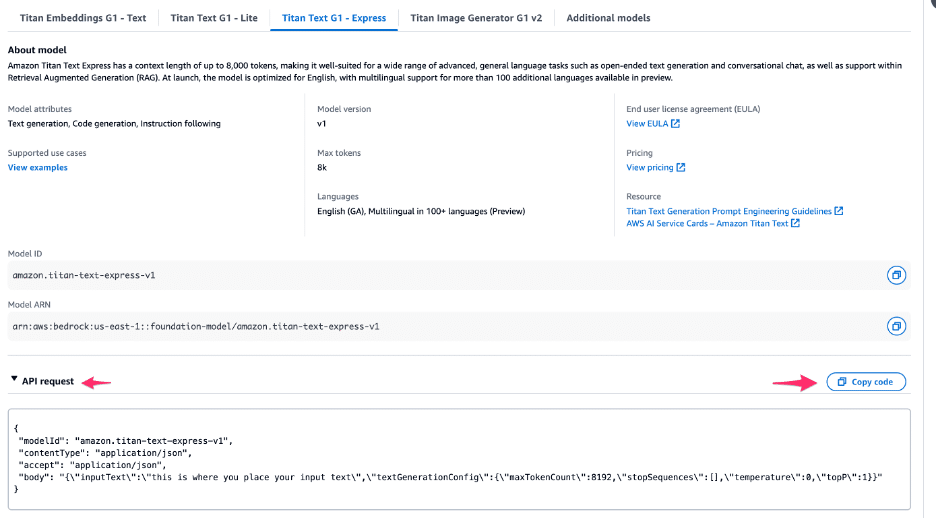The rise of large-scale language models and foundational models has radically transformed the field of Natural Language Processing (NLP) and Artificial Intelligence (AI). These advanced models, trained on enormous volumes of data, are capable of generating human-quality text, answering complex questions, and even performing creative writing tasks. However, training and deploying these models from scratch is a considerable challenge that requires specialized expertise and significant computational resources.
In this context, Amazon introduces Bedrock, a fully managed service that provides developers with cutting-edge foundational models through simple APIs. Amazon Bedrock streamlines the integration of generative AI capabilities, offering pre-trained models that developers can customize and deploy without the need to train them from scratch. This approach combines customization flexibility with a simplified process, making it easier for developers to incorporate advanced AI technologies into their applications.
Integrating Amazon Bedrock’s foundational models into an application involves setting up a suitable environment, configuring the Amazon Bedrock client, defining prompts and code snippets, invoking the models, and using various data streaming techniques. The goal is to equip developers with the tools needed to harness the potential of these models and accelerate development times while enhancing applications with advanced AI capabilities.
The service provides an efficient way to leverage powerful models through APIs without the need to train custom models from scratch. A practical guide outlines running code in a Jupyter notebook within VS Code using Python. Integrating Amazon Bedrock into the code requires an AWS account, an integrated development environment, and configured credentials, but promises to significantly enhance the natural language processing capabilities of applications.
Using these advanced tools not only speeds up development but also enables the delivery of innovative solutions to end users. Amazon Bedrock’s integration capabilities allow developers to focus on creating innovative solutions and delivering value to their users, avoiding concerns about the technical complexities of training models from scratch.
As Amazon Bedrock’s continuous integration into different projects continues, it is crucial to stay informed about the updates and new functionalities the service offers. Additionally, exploring other AWS services and tools that could complement and enhance AI applications, such as Amazon SageMaker for training and deploying machine learning models, or Amazon Lex for developing conversational interfaces, is recommended.
In summary, integrating these powerful models into applications provides developers with an effective way to enhance and strengthen their projects using advanced AI, and Amazon Bedrock emerges as a strategic ally in this digital transformation process.
Source: MiMub in Spanish










